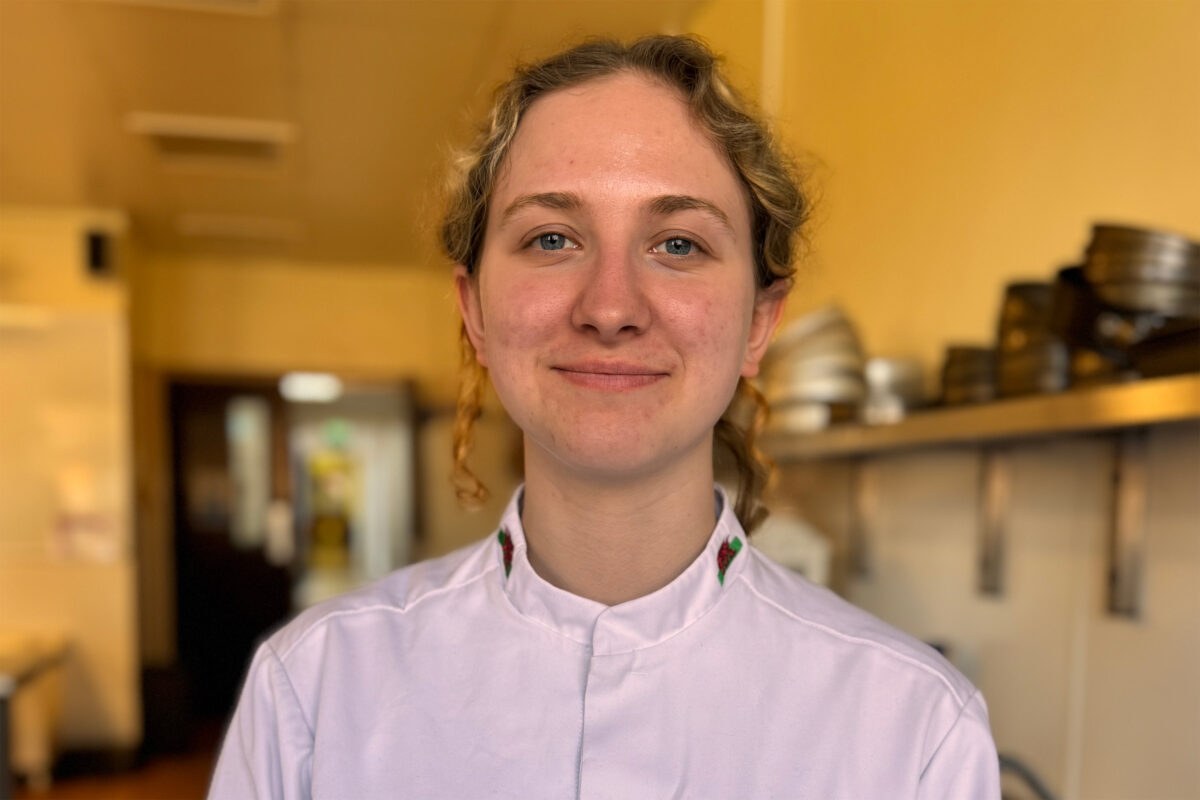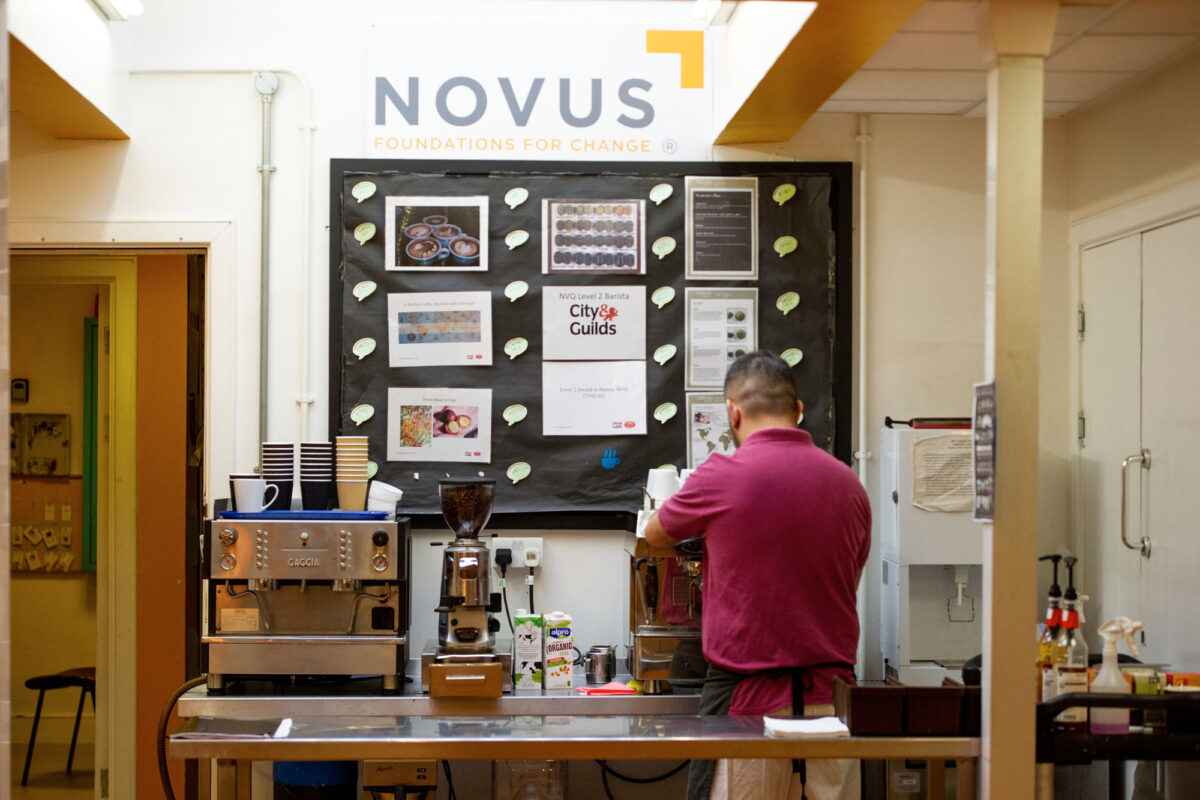End of COVID-19 rules: implications for schools and colleges

On Monday 21 February, the government announced that most of remaining legal rules in place to the protect the public against COVID-19 will end in England within the next few weeks, despite the fact that infection rates are still high.
The government’s strategy of “living with Covid” requires the public to take “personal responsibility” for their actions by being vaccinated, following guidance to self-isolate if they become infected and, from April, to pay to test for the virus.
The BMA and others have sounded the alarm bells. The government’s own analysis accepts that new variants of COVID-19 will continue to emerge which could render vaccines less effective, are resistant to antivirals, or cause more severe disease.
In the press conference, Chris Witty and Patrick Vallance made it clear that we are likely to see an increase in the rates of infection over the coming weeks and urged the public to be “cautious”. And whilst they expected rates to fall over the summer months as people spend more time outside, they said that winter of 2022/23 could be particularly tricky as COVID-19 infections compete with flu and colds. They predicted that we won’t reach a stable condition for several years.
The government also appears to have accepted that we are still in the pandemic phase of the virus. Its new guidance COVID-19 response: Living with COVID (published on 21 February) talks of responding to the virus in a similar way to other existing respiratory illnesses ‘once’ we reach the endemic stage.
To help schools and colleges prepare, we provide answers to the most frequently asked questions about the end of COVID-19 rules.
1. What legal rules are changing and when will this happen?
From Tuesday 22 February:
- Staff and students in most education and childcare settings won’t have to undertake twice weekly asymptomatic testing and are expected to follow asymptomatic testing advice for the general population.
From Thursday 24 February:
- Anyone with COVID-19 won’t be under a legal duty to self-isolate. Adults and children who test positive will continue to be advised to stay at home and avoid contact with other people for at least five full days and then continue to follow the guidance until they have received two negative test results on consecutive days.
- Employees won’t be under a legal duty to notify their employers that they have the virus.
- Anyone who is fully vaccinated who has been in close contact with someone with the virus isn’t expected to test themselves daily for seven days.
- Anyone who isn’t fully vaccinated won’t have to self-isolate if they are in close contact with someone with the virus. .
From Thursday 17 March:
- The SSP rebate scheme will close and employers won’t be able to claim back SSP for coronavirus related absences or self-isolation that occur after that date. Employers have until 24 March 2022 to submit any new claims for absence periods up to 17 March, or to amend any claims they have already submitted.
From Thursday 24 March:
- The COVID-19 provisions in respect of SSP will end. This means that employees will only receive SSP if they are ill (so it won’t cover precautionary self-isolation) and anyone who is ill with the virus will have to wait until they have been ill for at least four days before they become entitled to SSP.
From Friday 1 April:
- The general public will have to pay to take a COVID-19 test even if they have symptoms. Only those people who are in the oldest age groups, are the most vulnerable or who work in certain high risk settings (such as care homes) will have access to free tests.
- The health and safety requirement which currently requires every employer to explicitly consider COVID-19 in their risk assessments will be removed. And, the government will replace the existing set of Working Safely during COVID-19 with new public health guidance.
- The government will update its guidance for people with the virus to explain what steps they need to take to minimise contact with other people. The Prime Minister told Parliament that, from this date, people should exercise “personal responsibility” just as they do if they have the flu or a cold to avoid spreading it to others.
2. Should we prevent staff from coming into work if they have COVID-19 or have been in close contact with someone with the disease?
Living with COVID-19 doesn’t mean that you should abandon the measures you have in place to protect your staff – at least not yet.
You have a duty under the common law to take reasonable steps to prevent foreseeable harm to your staff. What constitutes ‘reasonable steps’ is a question of fact. However, if you follow government advice, that will, in principle, help to show that you have taken a reasonable standard of care. The government has updated its operation guidance for schools but this still references its guidance on health and safety: responsibilities and duties for schools which was last updated on 19 July 2021 and therefore doesn’t contain any new advice. However, it does state that from 24 February schools should follow UKHSA guidance (which isn’t yet available) when someone becomes infected with COVID-19. Similar comments are included in the further education COVID-19 operational guidance.
You also have an on-going duty under health and safety legislation to identify what could cause injury or illness in your school or college (hazards), decide how likely it is that someone could be harmed and how seriously (the risk) and take action to eliminate the hazard, or if this isn’t possible, control the risk. COVID-19 hasn’t suddenly become a trivial disease and those people who are unvaccinated are most likely to become seriously ill or to die if they contract the virus. These risks increase with age and clinical vulnerability.
Therefore, even though the legal requirement to self-isolate ends on Thursday 24 February, you can decide what rules to apply in your own school or college in line with your risk assessment and broader public health advice. The government and its own scientists are still advising that people should self-isolate if they have COVID-19 and have warned that rates will increase if people don’t comply.
However, the government is no longer are recommending that unvaccinated people self-isolate after being in close contact with someone with the virus. The test and trace system is being wound down and your staff may not know if they’ve been in close contact with someone with COVID-19. It’s therefore possible that they could, unwittingly, spread the disease to others they work with if they contract it but are asymptomatic.
Your staff may be confused by the new public messaging and we therefore recommend that you clearly explain what rules you have in place (and why), how much they will be paid if they self-isolate and what may happen to members of staff who ignore them.
3. Do we still have to continue to follow the operational guidance for schools and colleges?
Yes, although you can take additional steps if you believe these are necessary to protect staff and pupils.
From 1 April you aren’t explicitly required to consider COVID-19 as part of your risk assessments but you still have an overriding duty to identify workplace risks and reduce them to the lowest level possible. COVID-19 infection rates are still likely to high in 5/6 weeks time and you will, inevitably, have to consider what steps you need to take to protect your staff from contracting the disease or spreading it at work. Bear in mind that your risk assessments should also look at different groups of workers, for example, pregnant workers and those who are clinically vulnerable, and you may need to take extra measures to protect them.
Chris Witty recommended that, going forward, employers follow “standard public health advice” by improving ventilation, asking staff to regularly wash their hands and, for the time being, to wear masks in enclosed spaces. The operational guidance for schools and colleges currently recommends good hygiene, maintaining appropriate cleaning regimes and keeping occupied spaces well ventilated. The DoE informed schools and colleges a few weeks ago to stop asking staff and students to wear masks in classrooms and communal spaces.
4. We have staff who are either clinically vulnerable or live with someone who is? How do we protect them?
Your risk assessment should address how to keep staff who are clinically vulnerable safe. However, you may also need to assess how they travel to work. There is real concern that many people will not be able to afford to follow government advice to self-isolate if they develop COVID-19 and will continue to go to work and interact with others. As a result, travelling via public transport may become more risky in the short-term.
If staff can’t work from home, one option may be to provide N95 masks which provide better filtration and protection over cloth masks or disposable ones. Another may be to stagger their start and finish times so that they can commute during less busy times (although that will be more difficult for teaching staff). Talk to any members of staff who are worried about travelling on public transport and explore what other options are available.
You do not owe a duty of care to people who live with your employees but, given the nature of this disease, you may also want to factor this is when assessing risk.
5. Do we need to take specific steps to protect pregnant employees?
The NHS recommends that all women should be vaccinated against COVID-19 if they become pregnant as this provides the best protection against becoming seriously unwell if they contract the virus. Women who catch COVID-19 in their third trimester are considered to be most at risk – particularly if they are unvaccinated. You may therefore need to ask pregnant members of staff if they vaccinated as part of your risk assessments in order to determine whether it is safe for them to continue to work.
The government advice for pregnant employees contains recommendations for pregnant women, which differs according to the number of weeks into pregnancy. You should conduct a workplace risk assessment for all pregnant women. If your assessment identifies a significant risk, you are expected to take steps to reduce it. Ultimately, if there is no other way of alleviating the risk (such as assigning them to a different role) you may have to suspend on full pay.
6. Can we ask staff to continue to test themselves for COVID-19 and who pays once free tests are removed?
Notwithstanding advice from the DoE to stop asymptomatic testing, our view is that whilst infection rates remain high (currently between 1 in 20/25 people have the virus) it’s likely to be a reasonable management instruction to ask staff who come into close contact with vulnerable colleagues or pupils to continue to test themselves regularly, even if they don’t have symptoms. Free LFT’s are still available and your staff can order these direct from the government’s coronavirus hub. A pack contains seven tests and, currently, people can order a pack every three days.
However, from 1 April, most people won’t be eligible for free tests (even if they have symptoms). Therefore if you require staff to test regularly, you will need to provide them with the tests. A pack of seven tests is expected to retail at around £20 – £25 and these costs will quickly add up if you have a lot of staff.
7. Do we have to pay staff if they are self-isolating either because they have the virus or have been in close contact with someone with it?
If you require staff to self-isolate you will have to consider what they will paid if they can’t work from home. You can pay SSP for self-isolation until 23 March, but after that date the old rules apply. Your staff may not be able to afford to self-isolate unless you continue to pay them at, or near to, their usual rate of pay. Plus, if your requirements go further than the government recommends and you withhold pay from staff who are self-isolating, you risk breach of contract claims, unlawful deductions from wages claims and, potentially, constructive unfair dismissal claims. Note: the government’s new guidance doesn’t differentiate between people who are vaccinated and unvaccinated and people who aren’t vaccinated don’t have to self-isolate even if they’ve been in close contact with someone with the virus.
Teaching staff who are subject to nationally agreed terms and conditions such as the Burgundy Book may be entitled to receive full pay if they are ill with an infectious disease that they’ve either picked up in their workplace, or where a doctor decides that they can’t come into work because of the risk to their health of catching an infectious disease. These absences don’t count against sick pay entitlements. The Green Book contains similar, although arguably wider, provisions. Now that the legal requirement to self-isolate has been removed we think it will be much more difficult for employees to rely on these terms. However, if you require staff to self-isolate when they’re infectious (in line with current government guidance) we expect employees (and the unions who represent them) to argue that these provisions still apply.
You’ll also have to consider how you record the leave. Will you record it as sick leave even if they aren’t unwell and will their absence count towards any absence thresholds? This is a particularly tricky issue and you may need to take legal advice.
8. Can staff refuse to return to work because they are concerned about COVID-19?
Potentially, yes but this will become more difficult. Under sections 44 and 100 of the Employment Rights Act 1996, employees are protected from being subjected to a detriment (such as being suspended or having their pay deducted) or being dismissed for exercising their right to leave their workplace. To be protected, the employee must have a ‘reasonable belief’ that their workplace poses a serious and imminent threat to them, or to others – including members of the public and their own families. We’ve reviewed a number of claims which suggest that tribunals are taking a fairly robust attitude towards health and safety issues in the context of coronavirus. You can read more about those judgments here.
However, the issue of whether someone’s workplace posed a danger to them will be judged by reference to the knowledge about COVID-19 available at the time the employee refused to return (or walked out). We know much more about the disease than we did in 2020 and what steps we can take to protect ourselves and others. In this context, the key issue is likely to be about vaccination. The government and our leading medical advisors have said that being vaccinated is the best way people can protect themselves. Anyone who choses not to be vaccinated may, therefore, find it much more difficult to bring a successful claim because they aren’t doing everything they can to protect themselves.
Helen Dyke, Senior Associate and Joanne Moseley, Practice Development Lawyer in the Employment Team at Irwin Mitchell













Responses